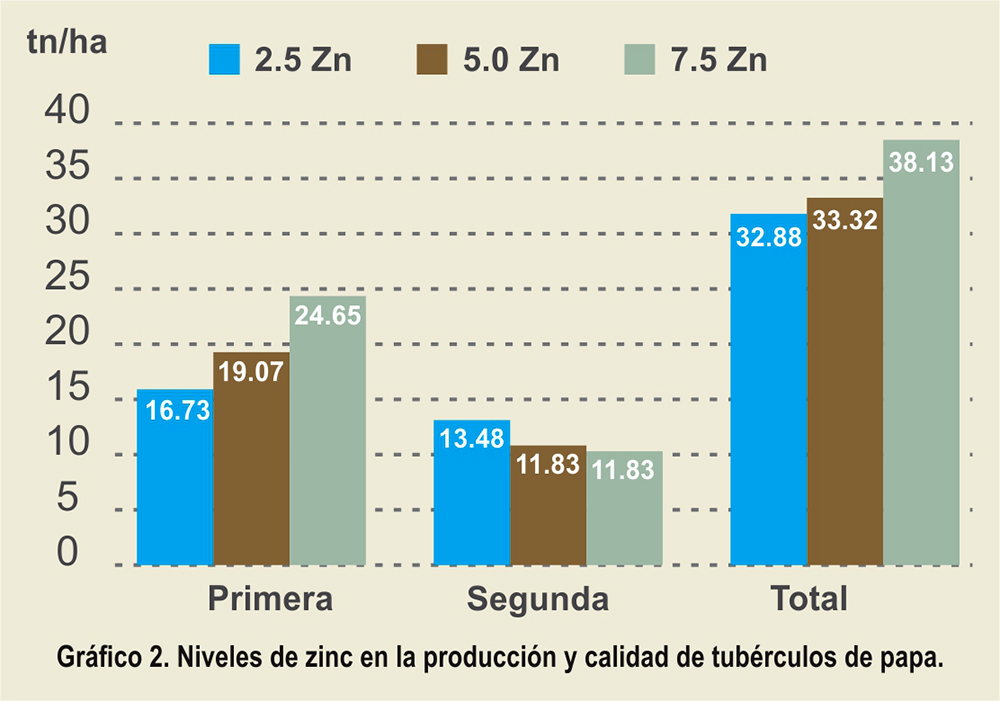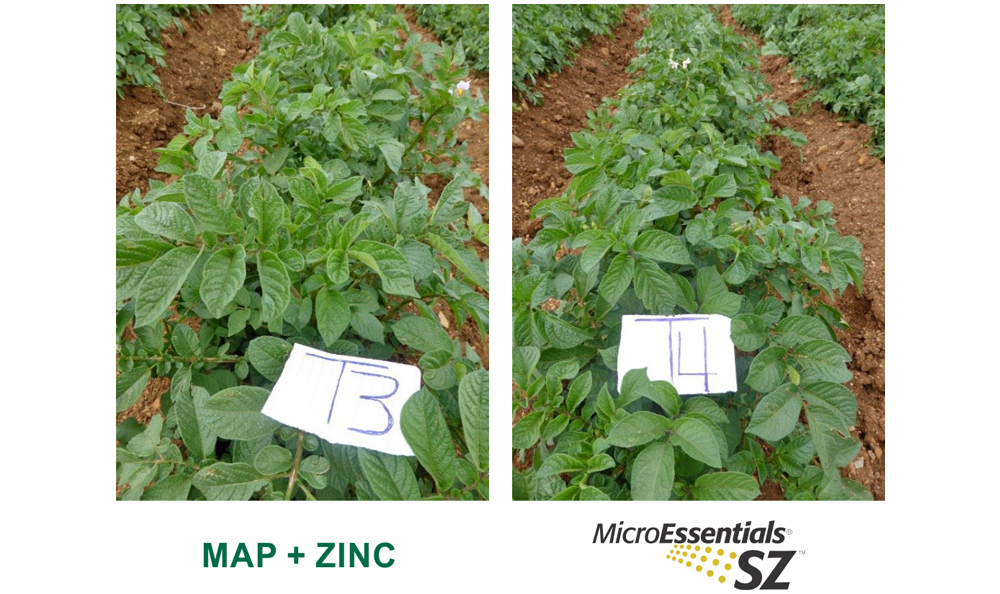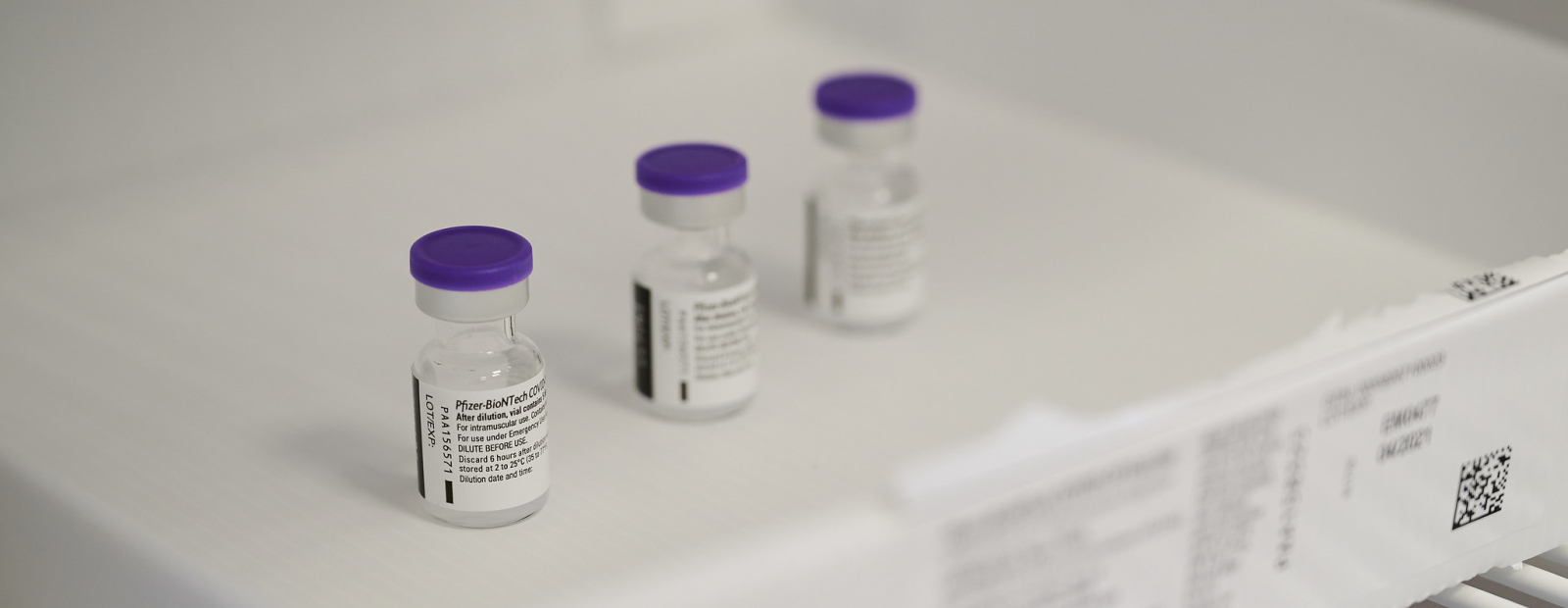The potato is the main food of the Andean population due to the content of proteins, energy, minerals and vitamins. It is cultivated in all regions of Peru and more than 90% is in dry conditions. The small season is carried out mainly in the inter-Andean valleys with access to irrigation, in this way there is a permanent supply of this tuber for national consumption.
The main producing regions are: Puno, Huánuco, Cusco, Cajamarca, Huancavelica, Ayacucho, Junín, Apurimac, La Libertad, Ancash, Cerro de Pasco, Lima and Ica. The average national yield is around 16 t / ha, taking as an average reference the highlands with 15 t / ha and the coast with 30 t / ha. These yields are relatively low due to the lack of appropriate technology such as the use of certified seeds, lack of irrigation and nutritional imbalances in fertilization programs. Likewise, zinc deficiency in the soil can reduce yields by 20% without showing symptoms, worsening with an increase in pH> 7.4 and high levels of phosphate fertilization.
For this reason, the Technical Department of the company Molinos & Cía. SA., with the aim of increasing crop yield, carried out a balanced fertilization trial during the 2018/2019 season with two phosphate sources MicroEssentials® SZ® and Monoammonium Phosphate (MAP) in interaction with three levels of zinc in units / ha: 2.5, 5.0 and 7.5 having as sources the MicroEssentials® SZ® (1% Zn) and F727 (22% Zn). The trial was developed in the Acolla – Jauja – Junín region at 3490 meters above sea level and 11 ° 43’44.34 ”S and 75 ° 32’28” W. A DBCA was applied with a factorial arrangement of 6 treatments with three repetitions.
The fertilization dose was N-P2O5-K2O: 210-240-180 + 30MgO in plots of 24 m2. The tubers of each of the treatments were harvested, selected and weighed. The evaluation of the production and quality of first-class tubers with MicroEssentials® SZ® (21.97 t.ha-1) were superior to that of monoammonium phosphate (18.33 t.ha-1) in 19.86%, having the same trend in total production where there is an increase of 11.78% (graph 1).
–
When zinc levels were increased, the yields of first-class tubers improved, with 2.5 (16.73 t.ha-1), 5.0 (19.07 t.ha-1) and 7.5 (24.65 t.ha-1) allowing increases of 13.99% and 47.34% in relation to the lowest level according to the statistical analyzes (p <0.05) did not show significant differences; total production had a similar trend increasing 1.34% and 15.97% (graph 2).

–
General comments
MicroEssentials® SZ® showed better results in the production and quality of potato tubers in relation to monoammonium phosphate (MAP), due to the fact that in its composition it has sulfur and zinc in each granule, improving its efficiency.
The higher level of zinc (7.5) allowed a better interaction with phosphorus sources, improving the production and quality of tubers.
It is convenient to continue evaluating the zinc levels in the potato fertilization programs and from this to have biofortified tubers, improving the immune system, body growth and protection against certain lung diseases of people.
–


